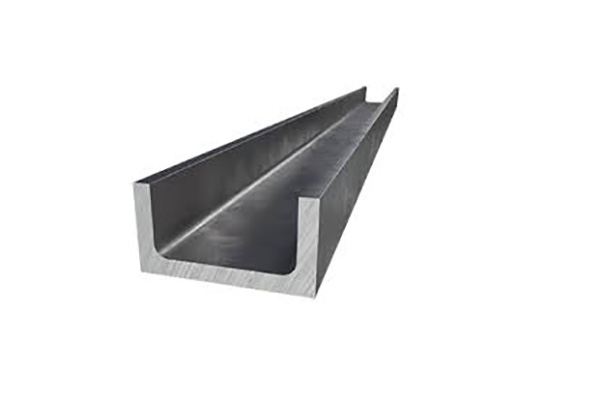When working with structural steel, especially in construction and fabrication, terms like “PFC” are commonly used. PFC stands for Parallel Flange Channel, which is a type of steel channel used for a variety of load-bearing and support applications. These channels are characterized by their “C”-shaped cross-section with parallel flanges and a web. They are often chosen for their strength, ease of installation, and compatibility with other structural components.
Among the many sizes available, one frequently used size is the 125 PFC. But what exactly does “125 PFC” refer to, and what are its standard dimensions?
What Does 125 PFC Mean?
The “125” in 125 PFC refers to the depth of the channel in millimeters. In this case, it means that the PFC has a nominal depth of 125 mm (approximately 5 inches). This measurement is taken from the outer edge of one flange to the outer edge of the other, across the vertical web.
This sizing convention is standard in regions that use the metric system, such as Australia, New Zealand, and the UK, and is part of a broader family of PFC steel channel sizes used in structural applications.

Standard Dimensions of 125 PFC
The typical dimensions of 125 PFC are as follows:
-
Depth (D): 125 mm
-
Flange Width (B): 65 mm
-
Web Thickness (t): 5 mm
-
Flange Thickness (Tf): 8 mm
-
Mass per metre: Approximately 13.9 kg/m
-
Moment of Inertia (Ix): ~135 x 10⁶ mm⁴ (varies slightly by supplier)
-
Section Modulus (Zx): ~21.5 x 10³ mm³
These values may differ slightly depending on the manufacturer or regional standards (e.g., AS/NZS, BS, or EN). However, the general dimensions and structural performance are consistent across most suppliers.
Material and Standards
125 PFC sections are typically made from hot-rolled structural steel, conforming to standards such as:
-
AS/NZS 3679.1 in Australia and New Zealand
-
BS EN 10025 in Europe
-
ASTM A36 or A992 in North America (though inch-based equivalents are more common there)
The steel grade determines properties like yield strength, tensile strength, and weldability, making PFC channels suitable for both structural and general-purpose applications.
Common Applications of 125 PFC
Thanks to its medium size and excellent load-bearing characteristics, the 125 PFC is used in a variety of structural and fabrication projects, including:
-
Floor joists and beams
-
Lintels above windows and doors
-
Bridging and purlins in roofing systems
-
Structural support in machinery or vehicles
-
Retaining wall posts or bracing systems
Its relatively low weight and compact profile make it easy to handle while still offering good structural strength.
Comparison With Other Channel Sizes
While 125 PFC is considered a mid-range size, it’s helpful to compare it with other common sizes:
| Size (mm) | Depth (D) | Flange Width (B) | Weight (kg/m) |
|---|---|---|---|
| 100 PFC | 100 | 50 | 8.6 |
| 125 PFC | 125 | 65 | 13.9 |
| 150 PFC | 150 | 75 | 17.7 |
| 200 PFC | 200 | 75 | 22.9 |
This gives you a sense of where 125 PFC stands in terms of strength and weight.
Conclusion
The 125 PFC (Parallel Flange Channel) is a structural steel channel with a nominal depth of 125 mm, a flange width of 65 mm, and a web thickness of 5 mm. It weighs approximately 13.9 kg per metre and offers solid structural support for medium-duty applications. Whether you’re building a steel frame, supporting a lintel, or designing a steel structure, understanding the dimensions and capabilities of 125 PFC will help ensure a safe and efficient design.
Post time: May-22-2025





